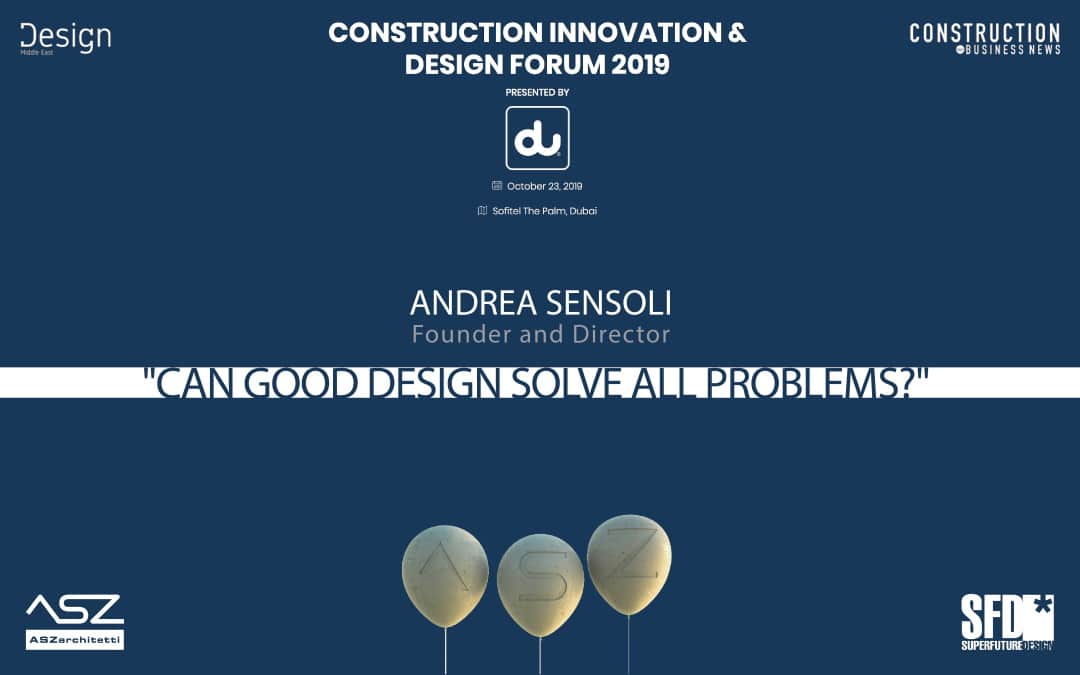In today’s digitally-run environment, almost all productive tasks depend on humans’ interaction with products and machines. It leads one to think that as long as a product or space’s design is practical enough, it won’t cause any problems with regard to task completion. But what constitutes a ‘good’ design?
Defining a ‘Good’ Design
Contrary to popular belief, good design means more than whatever is convenient for the user. In fact, design can be termed as ‘good’ when it’s innovative, fulfills the purpose it’s built for, and sustainable. This is also what makes design beautiful, rather than just its aesthetic value. At the same time, it should reflect the optimal use of resources and fulfill a system of requirements.
Are Sustainable Designs ‘Good’ Designs?
No design is optimal without the element of sustainability. The aspect has grown to become its own subject in the design sphere. This explains why there are so many different kinds of scores, compliance tests, and procedures to evaluate a design’s sustainability. However, sustainability isn’t a newfound concept; it existed even before architecture was formally recognized as a practice.
Think of it this way; sustainability means using local resources in an efficient way while leaving as little impact on the earth as possible. Before the industrial revolution, people would build structures on the basis of the local environment. For instance, wood was used as the primary building material in Europe, while Mediterranean countries used bricks.
Of course, we’ll need to develop advanced technologies now, because adopting sustainability in mega-urban centers is a complex matter.
Is it Challenging to Create Good Designs?
Yes, because good designs need sustainable components, and to achieve this, we need to collectively invest in it new technology while recognizing that it will produce a return on investment in the long run, i.e. the entire life cycle of the building. A major stumbling block creatives face when gathering support is investors’ rigid mentality; they only look as far as the next financial quarter to see gains, rather than the next generation.
Is the Region Creating Enough Good Designs?
A healthy number of projects in the GCC are what design experts would consider as good. There’s greater coherence between sustainability and the region’s culture, which expresses a connected, fast, and multinational sphere.
The region is moving on from gaudy embellishments to a modern and minimalist approach in a multicultural arena.
The Role of the Circular Economy
The reason behind so many corporations adopting sustainable designs is to develop a circular economy. Consumers have played a pivotal role in bringing about such a massive change. Sustainability is becoming a growing concern for consumers – they’re demanding products that aren’t damaging to the environment.
Corporations that refuse to adopt a sustainable approach to design will eventually go out of business. Consumers will soon refuse to buy from producers who deny a responsibility to protect the earth, or at the very least, pressure from the governments will induce them to work on a solution.
We’ve come a long way from thinking of ‘good’ design as something that’s convenient for the consumer, but rather a design that looks after the environment. By looking further than just profits, creatives are sure to bring a massive change.
“Can a good design solve all the problems?” was one of the panel talks during the Construction Innovation & Design Form in which I participated.

